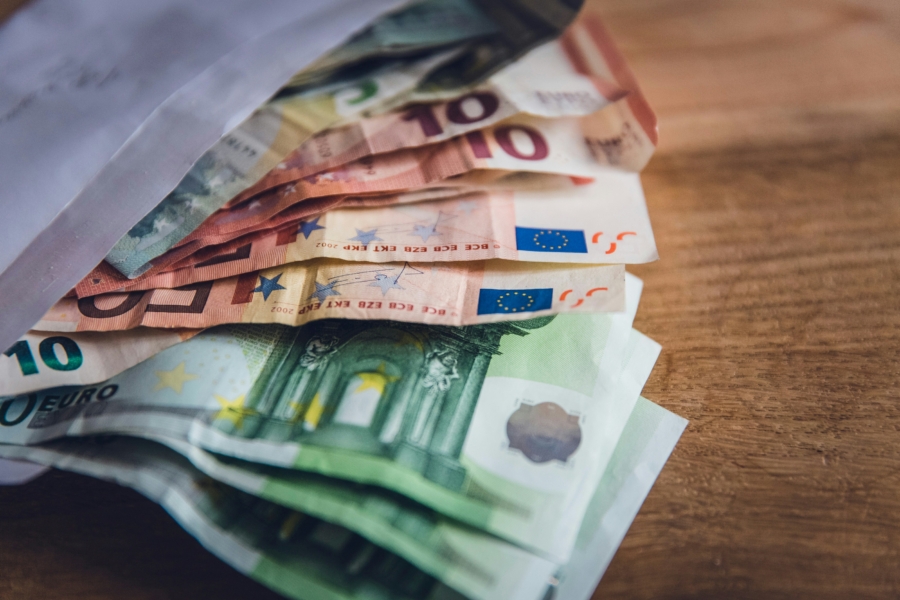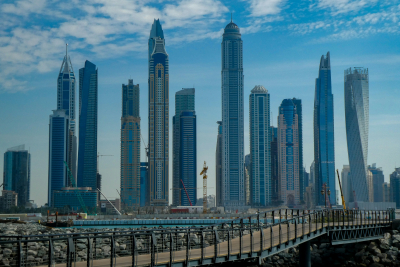If you want to fight financial and organised crime, you have to be able to stop criminals, kleptocrats and other corrupt individuals from using the proceeds of their crimes. The EU has just stepped up its fight against money laundering, with the European Parliament agreeing to an entire anti-money laundering package including setting up a brand-new anti-money laundering authority and the EU’s new anti-money laundering regulation. We’ve gone through what’s important in the package. We break down what works, what doesn’t and where the EU needs to improve further. Here are the highlights:
- Journalists and civil society actors involved in the fight against money laundering will have access to beneficial ownership registers, meaning they will be able to scrutinise the real beneficiaries of companies. We’ve been fighting for this ever since the ECJ struck down public access to beneficial ownership registers in 2022.
- Asset ownership: basic steps forward, but far from enough. Single access points for real-estate ownership data in every Member State. Above a certain threshold, information about purchasing high-value assets (luxury cars, luxury watercraft and aircraft) needs to be submitted to Financial Intelligence Units (FIU), even if there is no suspicious activity.
- Establishing a new European Anti-Money Laundering Authority (AMLA), based in Frankfurt. AMLA will directly supervise the 40 riskiest financial entities.
- Further opportunities for cross-border cooperation, with AMLA as a central hub for cooperation and data sharing
Access the full analysis here.



